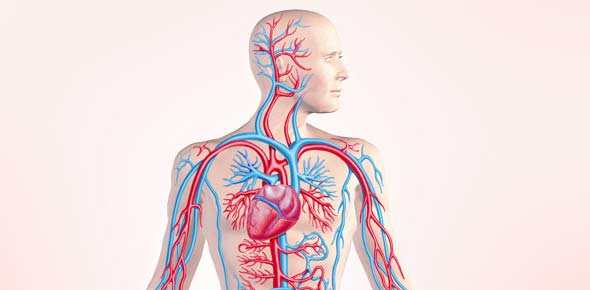고정 헤더 영역
상세 컨텐츠
본문
_____ impulses speed up the heart rate, whereas _____ slow down the heart rate. Sympathetic, parasympathetic The __________ maintains a balance between sympathetic and parasympathetic divisions of the nervous system. The circulatory system, also known as the cardiovascular system, consists of the organs and fluids that transport materials across the body. Vertebrates have a closed circulatory system, which means that blood remains within blood vessels and does not directly interact with body tissues. Leading the way by developing and commercializing innovative solutions for treating peripheral artery disease (PAD) and coronary artery disease (CAD).
Cardiovascular System Diseases
Human cardiovascular system, organ system that conveys through vessels to and from all parts of the body, carrying nutrients and to tissues and removing and other wastes. It is a closed tubular system in which the blood is propelled by a muscular. Two circuits, the pulmonary and the systemic, consist of, and components. The primary function of the heart is to serve as a muscular pump propelling blood into and through to and from all parts of the body. The arteries, which receive this blood at high pressure and velocity and conduct it throughout the body, have thick walls that are composed of elastic fibrous tissue and cells.


The arterial tree—the branching system of arteries—terminates in short, narrow, muscular vessels called, from which blood enters simple endothelial tubes (i.e., tubes formed of endothelial, or lining, cells) known as capillaries. These thin, microscopic capillaries are permeable to vital cellular nutrients and waste products that they receive and distribute. From the capillaries, the blood, now depleted of oxygen and burdened with waste products, moving more slowly and under, enters small vessels called that converge to form veins, ultimately guiding the blood on its way back to the heart.




